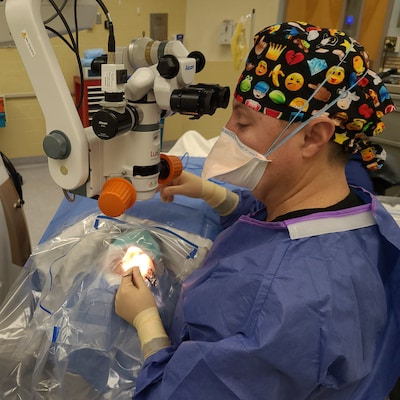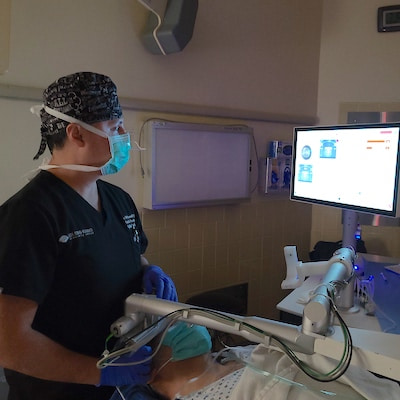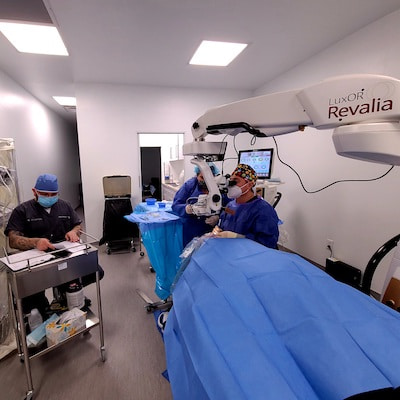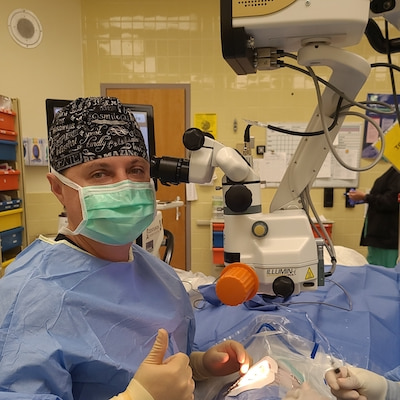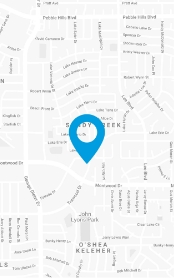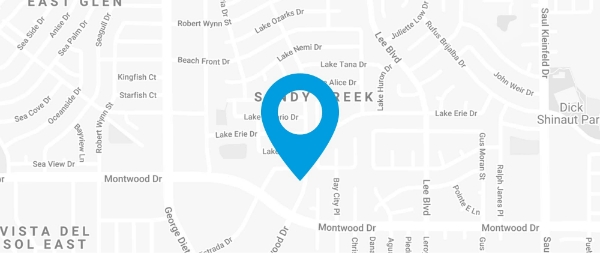Glaucoma

Last Updated on
What is Glaucoma?
Glaucoma is a category or group of diseases which affect the optic nerve (a bundle of nerve fibers that carries visual information from the eye to the brain). Elevated intraocular pressure is usually the cause of the damage to the optic nerve, and because glaucoma is a mostly silent disease, it is imperative that you have regular exams with either an optometrist or ophthalmologist.
Types of glaucoma:
- Open-angle glaucoma (also called chronic open angle [COAG] or primary open-angle [POAG]), is the most common type and is caused by the partial blockage of the trabecular meshwork, not allowing the aqueous fluid to flow properly. This restricted flow causes a build-up of intraocular pressure and if left untreated, will damage the optic nerve and will result in loss of vision.
- Normal tension glaucoma (also called low-tension glaucoma) is diagnosed by the size and cupping of the optic nerve and loss of peripheral vision, yet the intraocular pressure (IOP) is low or normal.
- Angle-closure glaucoma is caused when the aqueous fluid in front of the eye cannot escape through the angle because it is blocked by part of the iris. There is a sudden increase in IOP causing severe pain, nausea, redness, tearing, and blurry vision. It is imperative to seek medical treatment immediately.
- Congenital glaucoma is rare but can be present at birth.
- Secondary glaucoma is caused as a result of other medical conditions. They may be from eye surgeries, eye injuries, or eye inflammation (uveitis, iritis). Corticosteroids may also cause increased IOP. Severe diabetes, which affects all of the blood vessels in the body, can also cause neovascular glaucoma.
Risk Factors:
- Family history of glaucoma greatly increases your risk
- Age increases your risk if you are over 60
- African-Americans are 5x more likely to develop glaucoma; Mexican-Americans are also at a greater risk. Asians are more prone to having low-tension glaucoma.
- Farsightedness (hyperopia)
- Nearsightedness (myopia)
- Diabetes
- Corticosteroid therapy (topically, orally, or injected)

Glaucoma Treatment
There are various glaucoma treatment methods that can be performed with results. Our specialists are trained in all of the following options and are here to help you receive successful glaucoma treatment.
- Eyedrops and/or oral medication for lowering the IOP by causing the eye to produce less fluid or to drain better
- Laser Trabeculoplasty: A laser is applied to the trabecular meshwork to cause it to stretch and allow aqueous humor to flow more freely.
- Laser Peripheral Iridectomy/Iridotomy: A laser is applied to the iris to create an opening for drainage in patients with angle-closure glaucoma.
- Selective Laser Trabeculoplasty is new technology using a different wavelength of laser energy to stimulate the opening of the trabecular meshwork for longer lasting improvement of outflow of the aqueous fluid.
- Glaucoma Drainage Implants are artificial drainage devices (aqueous shunts) implanted in the front of the eye to increase the outflow of fluid and lower the IOP.
The Experts In Glaucoma Treatment
At LASIK, Cornea & Cataract Specialty Center we have top eye specialists providing some of the best glaucoma treatment El Paso has to offer. Contact us today to schedule a consultation with one of our Glaucoma experts. LASIK, Cornea & Cataract Specialty Center is one of the largest eye care practices in El Paso with four locations around El Paso County.
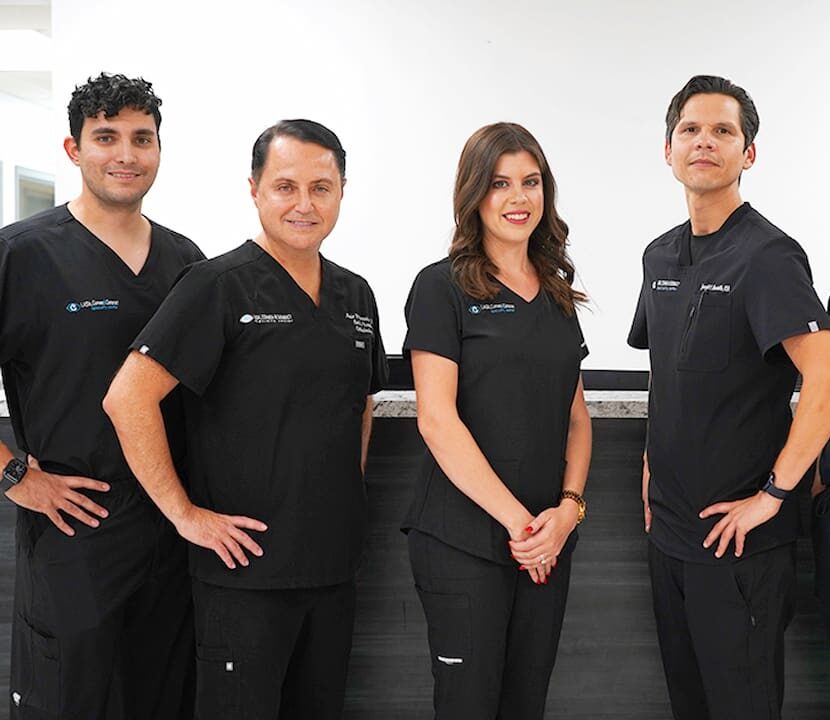
Hear from our patients!
Treating Families - Not Just Their Conditions
